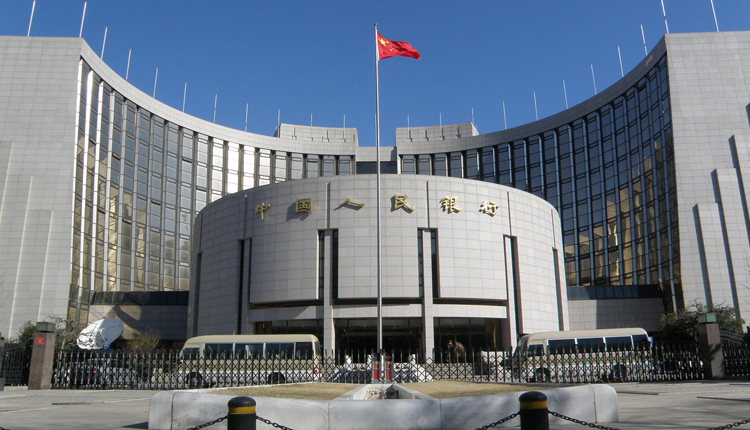China fixed the daily midpoint rate for the yuan at levels not seen for more than a decade on Tuesday as Beijing remains locked in a protracted trade war with Washington.
The People’s Bank of China set the midpoint at 7.0810 per dollar — weaker than the previous day’s fix, but stronger than the 7.1055 level the market was expecting, according to a Reuters estimate.
By setting the yuan midpoint at a level stronger than expected, China could be signalling to the markets that it may want to slow down the pace of the currency’s depreciation, Tommy Xie, head of Greater China research at Singapore’s OCBC Bank, told CNBC.
“Although China has been more open minded about its currency regime,” Xie said by email. While Beijing is giving markets a “bigger role to decide (on) the currency, China still monitors the pace of movement carefully,” he added.
Weakening yuan
As of 12:41 p.m. HK/SIN, the onshore yuan, which trades only on the mainland and is heavily controlled by China, was exchanging hands at 7.1594 per dollar, weaker by about 4% for the year.
China’s central bank allows the exchange rate to trade within a narrow band of 2% above or below the day’s midpoint rate, which is set daily. If it deviates too far, the PBOC usually steps in to buy or sell the yuan and put a lid on daily volatility.
The offshore yuan trades in a free floating market mostly in Hong Kong, but also in Singapore, New York and London; it traded at 7.1728 on Tuesday.
The yuan has been a focus for investors, economists and other market watchers in recent months because it is seen as one of the tools China can use in response to rising American tariffs.
For a long time, 7 yuan per dollar was considered a psychologically important level — but the onshore exchange rate weakened past that level in early August for the first time since the global financial crisis of 2008, and has remained above 7 since. The breach prompted the U.S. Treasury Department to designate Beijing as a currency manipulator.
The U.S. objects to a lower yuan as a weaker currency makes a country’s exports cheaper on international markets, and gives them a trade advantage over their competitors.
Analysts have yet to reach a consensus on what could be the next closely-watched level for the yuan. But most say that it depends on how the trade war escalates, or de-escalates.
Predicting the yuan’s future
OCBC’s Xie told CNBC the onshore yuan may trade in the range of 7.1 to 7.2 against the dollar in the near-term, without further external shocks from the trade war.
Last week, tensions between the world’s two largest economies flared up after China announced new tariffs on $75 billion in U.S. goods in retaliation to additional American duties announced in August.
In a direct response to China’s moves, U.S. President Donald Trump announced that his administration will raise existing duties on $250 billion in Chinese products to 30% from 25% on Oct. 1. Tariffs on another $300 billion in Chinese goods, set to take effect on Sept. 1, will now be 15% instead of 10%, he added.
Rough calculations suggested that if the U.S. raised tariffs to 25% for all Chinese goods, then the onshore yuan will “probably have to rise to about 7.88 to offset the impact of tariffs,” the National Australia Bank’s foreign-exchange strategy team wrote in a Tuesday note.
“If the threat rises to 30%, as it did over the weekend, offsetting the USD/CNY equivalence is more like 8.19.”
Back in 2005, when the yuan was still pegged to the U.S. dollar, the pair traded at around 8.28.
“These are downside risk scenarios rather than our current expectation, we are mindful that as economic woes increase globally, investors may start to position for a round of currency wars in the APAC region, which will also be supportive of the (dollar) in the near term,” the NAB strategists wrote.
Economic data released in recent months also indicate that the Chinese economy is slowing down.
Goldman Sachs analysts wrote in a Monday note that they expect policymakers to take “at least some initial steps to address this across monetary policy” — that would include modest cuts to the medium-term lending facility and open market operation rates, as well as credit and fiscal policies.
The analysts said they were shifting their yuan forecast to 7.2 yuan per dollar over the next 3-6 months, and 7.1 per dollar in the next 12 months.
source: CNBC


